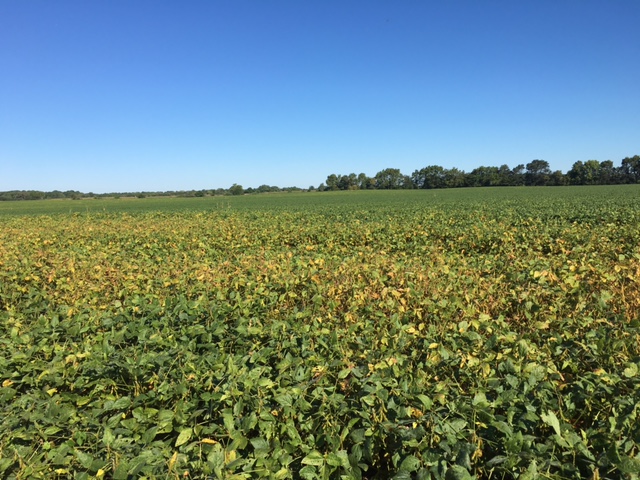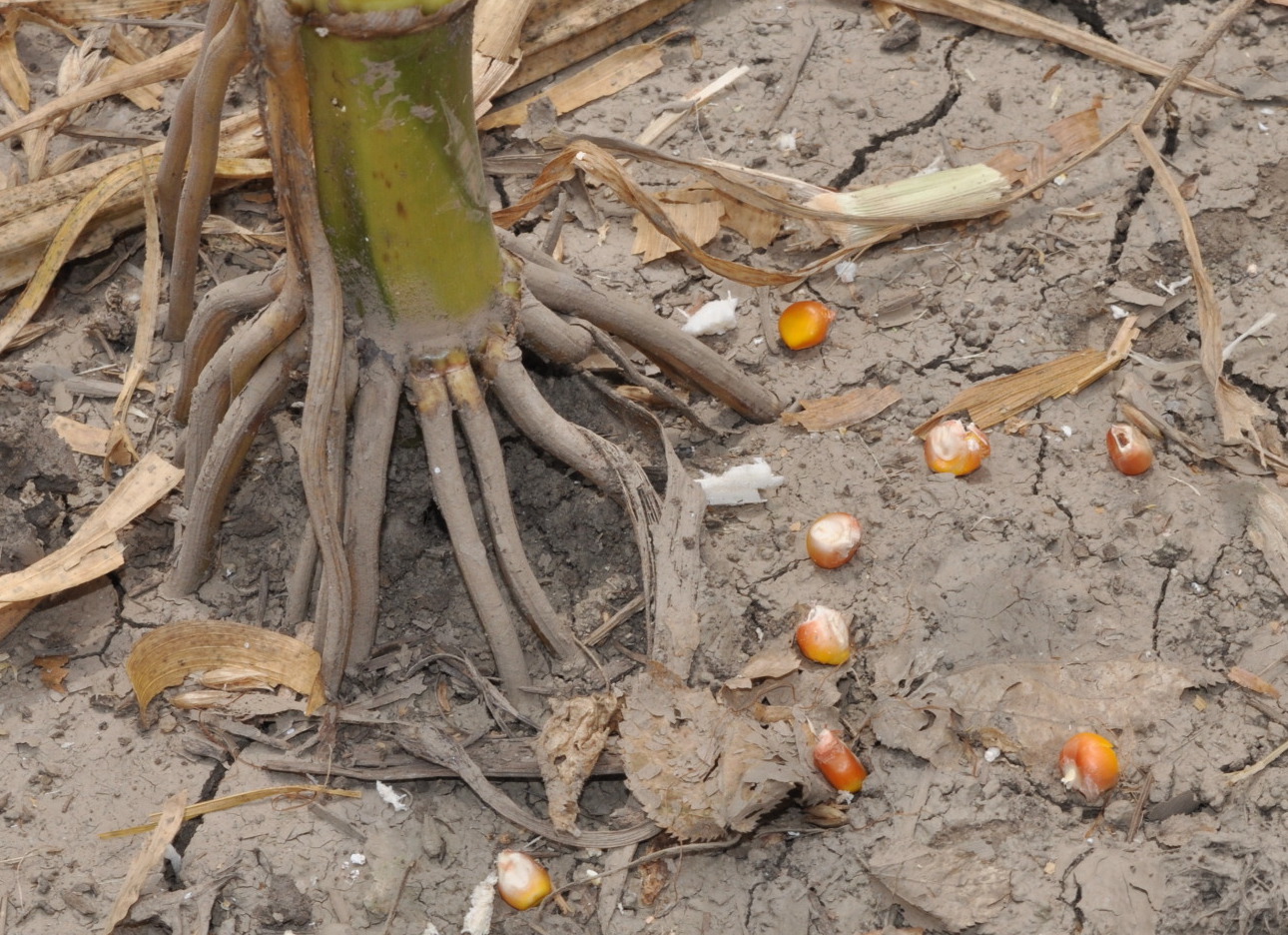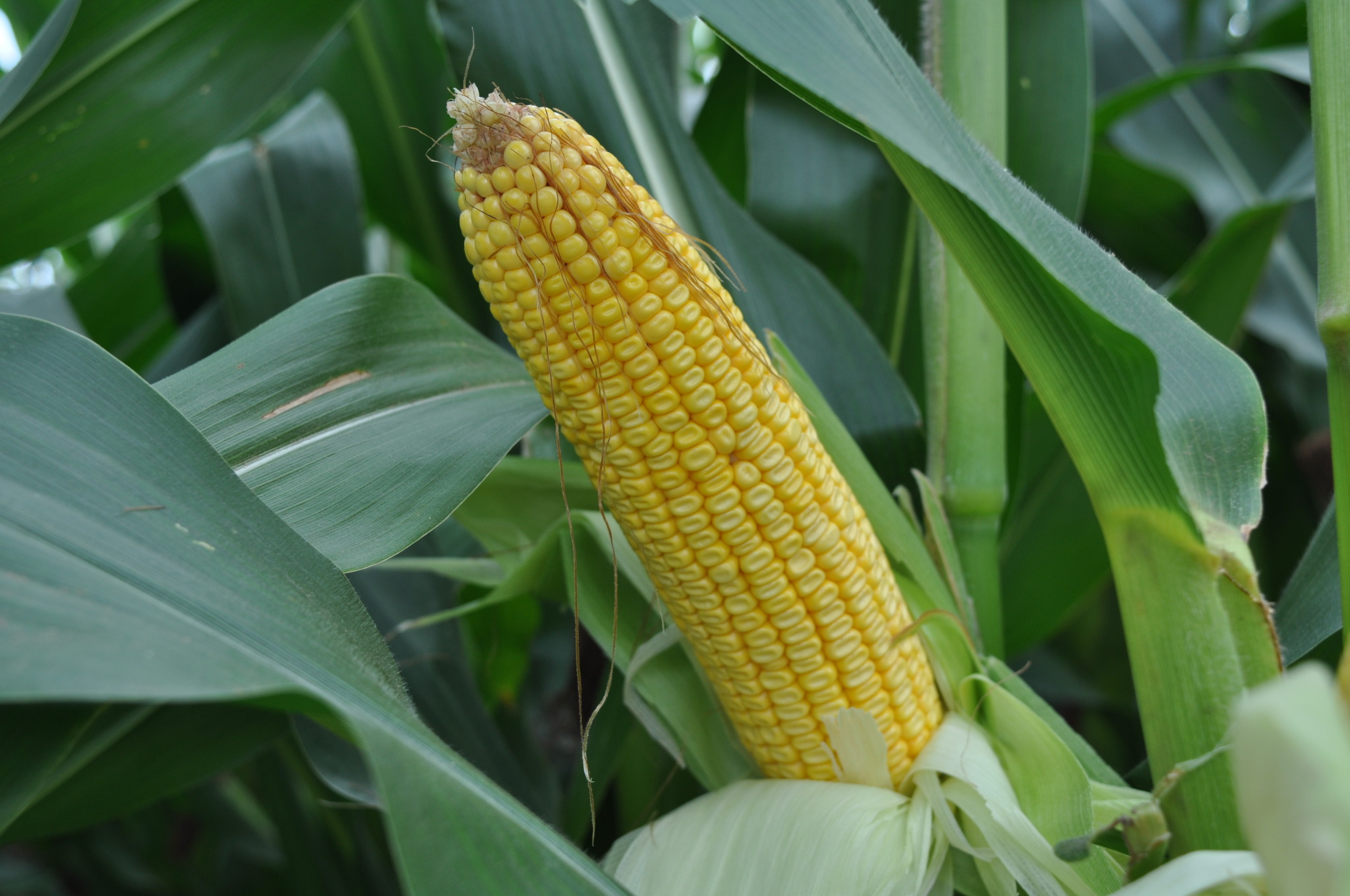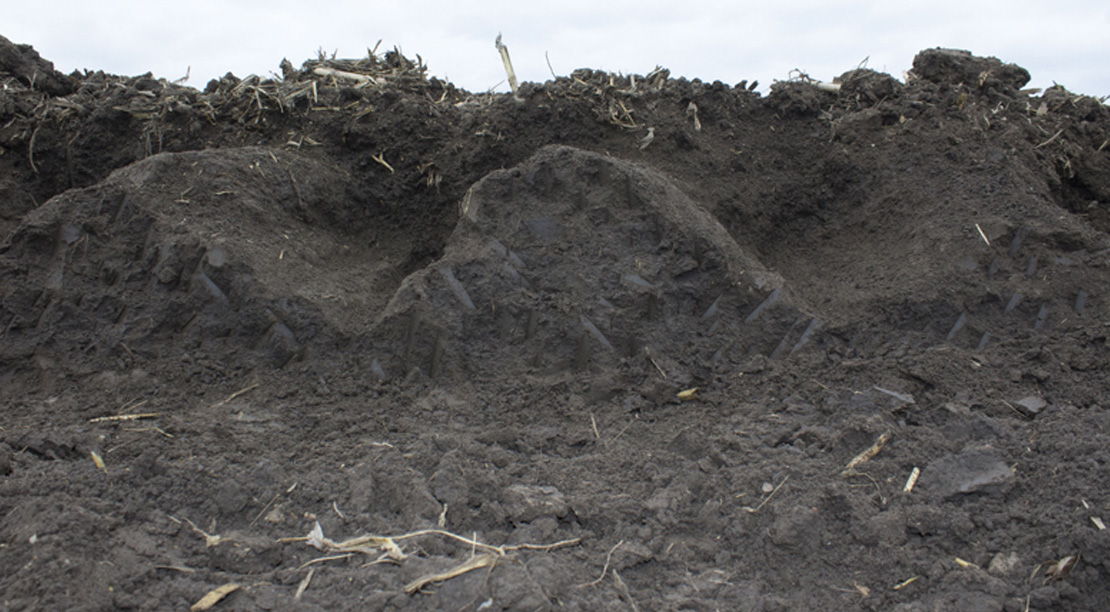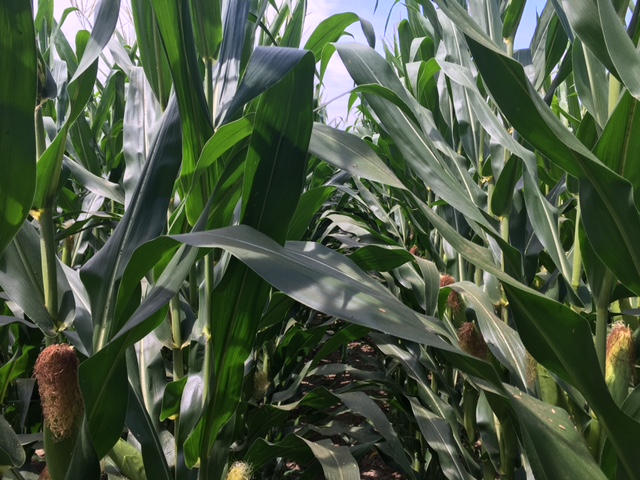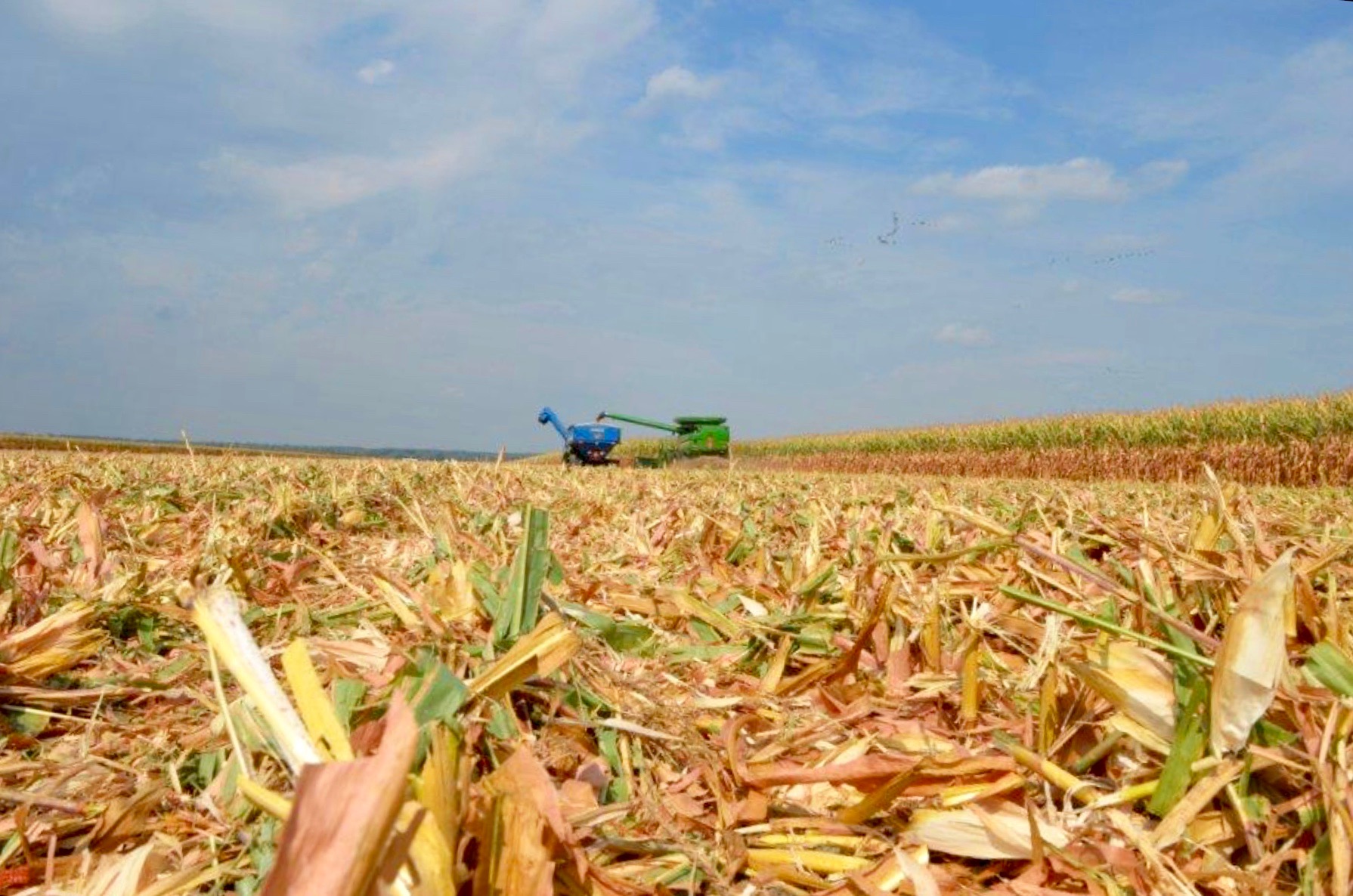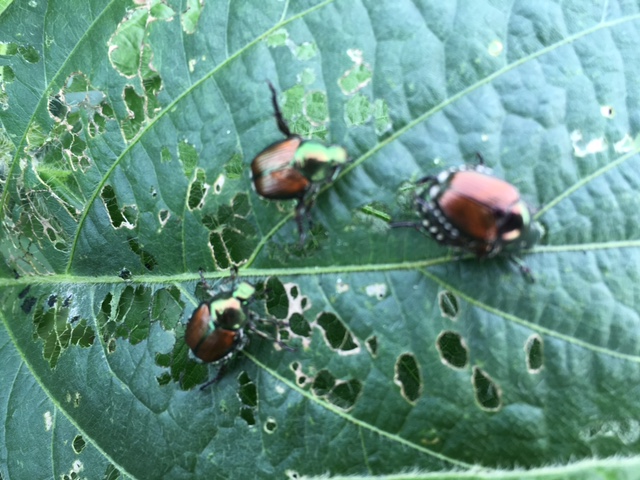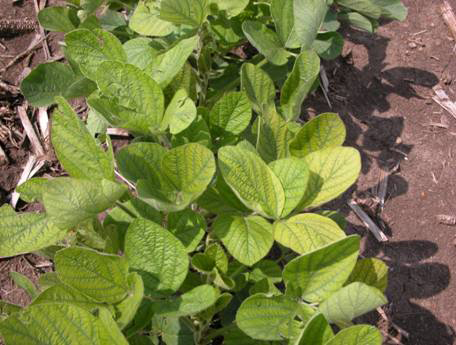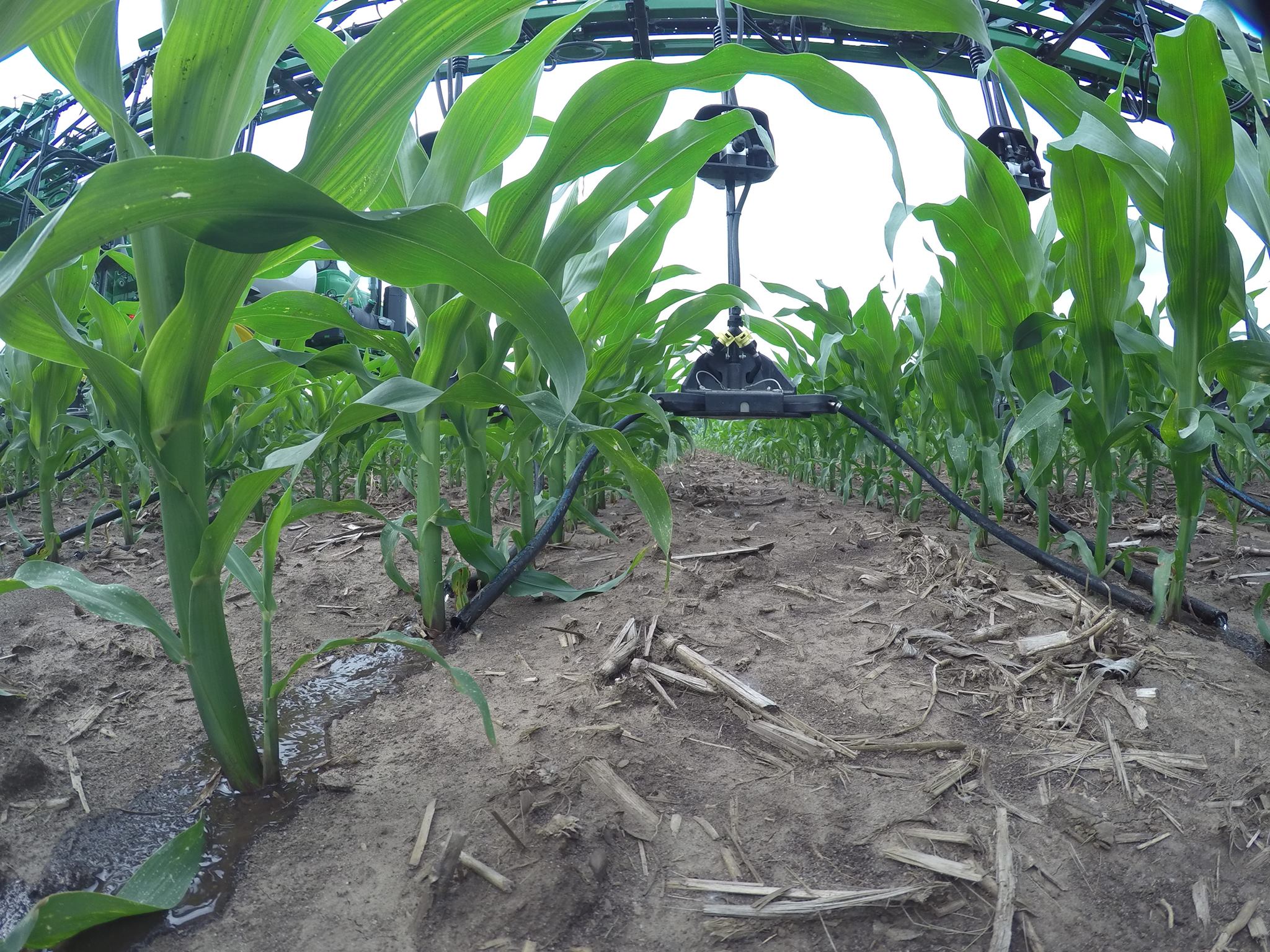As growers prepare for harvest, it’s a great time to gather observations about the crop. The combine cab is similar to a chair in the doctor’s office in that most growers can make observations about symptoms of ailments they are seeing when they are at a different angle above the crop. The real question that…
Category: Blog
You Grew It, Now Keep It!
It is hard work to grow a corn crop, managing all the variables and inputs that can impact a crop as best you can in order to maximize production on every acre. Given all the work and effort spent in growing this crop, it only makes sense to spend some time making sure the crop…
Make this Year Count: The Final Exam
The words ‘final exam’ are likely scary for many, but for corn growers the pre-harvest period is the perfect time to grade themselves on this year’s efforts. Take this opportunity to walk your fields and gain insight on the past year while formulating any plans to correct preventable losses. Go to various spots in the…
Hidden Hunger – What's Happening Below Ground
As the growing season winds down, it is a great time to assess what practices have proven profitable and which ones need refinement for the future. One method that many growers are adopting is tissue testing to discover whether or not their fertility programs resulted in ‘hidden hunger’ issues that were not necessarily manifested via…
Split Application: Time is Power and Money
Many parts of the country have experienced excellent growing conditions that include warm temperatures and near optimum moisture, leading to hopeful expectations for a strong harvest. While we tend to focus on what we can see above ground, what goes on below the surface can be just as impactful. Those same warm temperatures, good moisture…
Rethinking Residue Management: Unlocking Nutrients
Many growers are preparing to harvest a large crop this fall, having been blessed with ample rainfall and excellent growing conditions. A side effect of a large grain harvest in many cases is that big yields often come with big plants and large amounts of residue. Managing large amounts of residue can present challenges not…
Common Insect Infestations in Soybeans
As soybeans approach the critical pod-filling and yield-determination stages, many areas of the U.S. are experiencing increased insect feeding in soybeans. Two pests that are currently dominating this year’s soybean crop are Japanese beetles and two-spotted spider mites. The two-spotted spider mite is beginning to make an appearance in areas with continued dry weather. Proactive…
Utilizing Tissue Testing to Boost Soybean Yield
Manganese deficiency, courtesy of Purdue University. Although much of the attention for tissue testing is focused on corn, soybeans can also benefit from proactive tissue testing. Soil tests are excellent measures for primary and secondary nutrients and are still the best way to understand fertility and make decisions about soil-applied nutrients. When it comes to…
Nutrient Deficiencies in Dry Weather
As growers scout their fields for potential disease, some are also noticing spots showing surprising nutrient deficiencies. One common deficiency is potassium, particularly in areas receiving limited rainfall. Many growers are puzzled to find potassium deficiencies when their soil samples test high for K. However, high soil potassium levels and fields showing potassium deficiencies are…
N Placement Matters
As we continue to learn and study nitrogen I began measuring nitrate levels in a field on my home farm in Michigan. The field was planted on May 9th and received 15 lbs of actual N via AMS broadcast and incorporated on May 2nd. An additional weed-n-feed broadcast application of 60# of actual N via…
